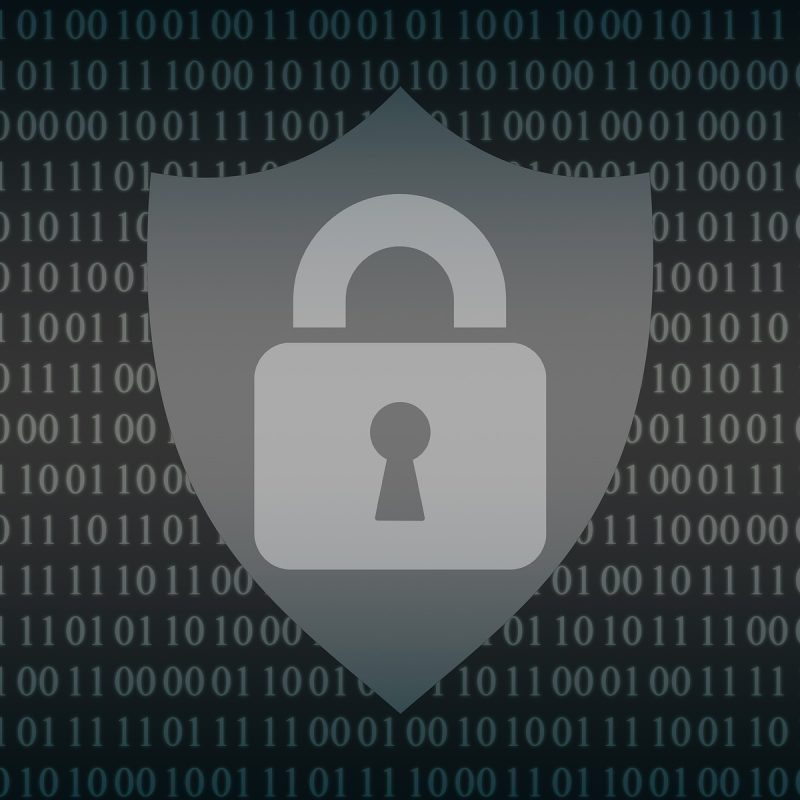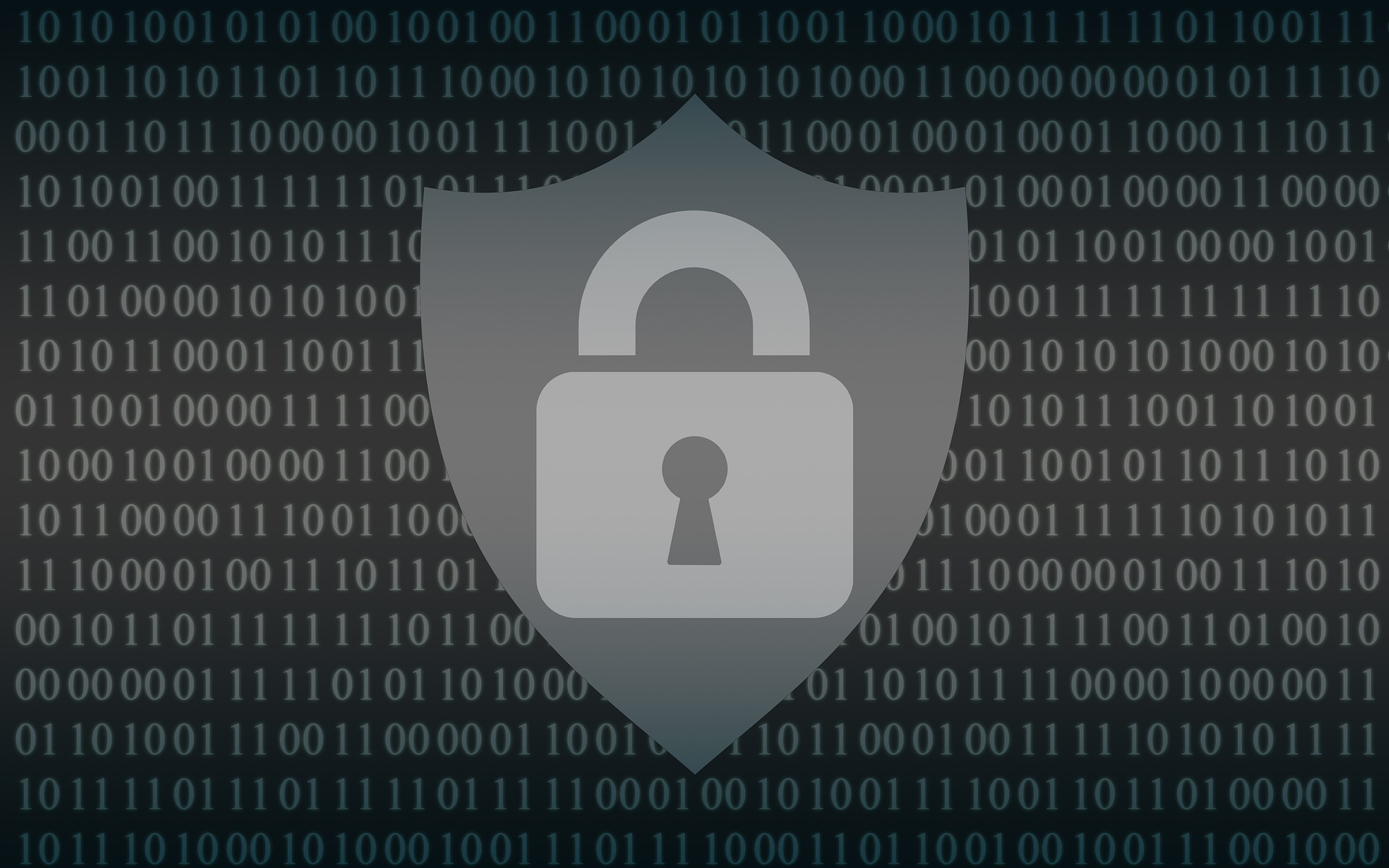Ransomware - it's time to talk about it!!!
You may have heard the term Ransomware being thrown around and not fully understood it.
Chances are you are wondering, why is it so talked about? Why is it so feared? Is it really that bad?
Let’s take a look and see if we can clear things up a little.
Ransomware is a malicious software that scours a computer for user’s files and encrypts everything that it finds – essentially making those files completely un-usable.
The victim will then receive a notification on their screen advising that they have XX number of days to pay $$ amount of money.
If they don’t pay, they completely lose access to their data – forever!!!
Generally, the sum of money requested starts at around $2000 all the way up to $250,000 for mid-larger companies.
Pretty scary hey? It absolutely is, and it gets worse.
The really well-developed ransomware doesn’t just encrypt files on that computer, it will scour the network for any other devices or servers and can start encrypting those too – including any backups that it can access.
You can see how in an organisation it can absolutely decimate productivity and bring the business to a screaming halt.
How is it delivered?
Ransomware can be delivered in a number of ways:
- Phishing Emails — Usually, it comes in the form of well disguised phishing email. A user clicks on an innocent looking link and downloads the ransomware payload.
- Removable Drives / USBs — Someone may have an infected a USB, that USB is then used on another computer and the ball starts rolling.
- Pirated software or illegally obtained software with an inbuilt infection.
- Randomly found USBs. Cyber crims have even gone to the level of sending USB sticks in the mail or leaving in random places. The victim innocently plugs it in to their computer and then regrets being so curious.
- Malicious Websites – there are sites on the internet that appear to be harmless but can deliver the ransomware payload by clicking on the wrong link.

How do you prevent ransomware attacks?
There are a few reliable ways to reduce risk:
- Education – ensure your team are well educated about ransomware and its risks. Teach them about how it is delivered, how to look for phishing emails and vigilance around clicking on random web links.
- Mail protection solutions such as MailGuard. These scan incoming/outgoing mails for potential scams and block them immediately.
- Update Devices – ensure all your devices are regularly patched with the latest security updates.
- Anti-virus – ensure your devices run a quality anti-virus software that is updated regularly.
- Use Ransomware Detection – This is like the big brother of anti-virus and actively works to detect ransomware and block it.
- BACKUPS BACKUPS BACKUPS!!!! You must have an effective backup strategy and this backup strategy absolutely MUST include and offline backup.
Ransomware is not something to be treated lightly. It needs to be front of mind and protecting against it needs part of your companies IT strategy.
So, now you know the basics of ransomware, what are you going to do to protect your company?
Pick up the phone and call the team at Runtime. We can help implement solutions to protect your data and company.



